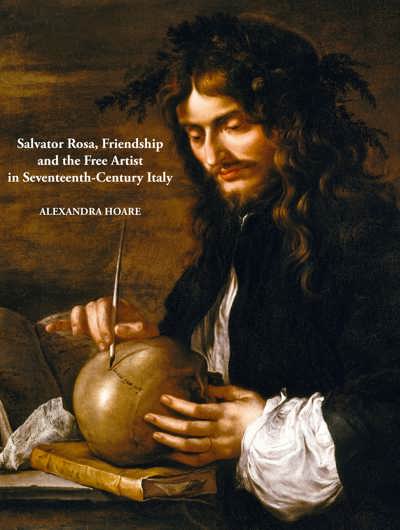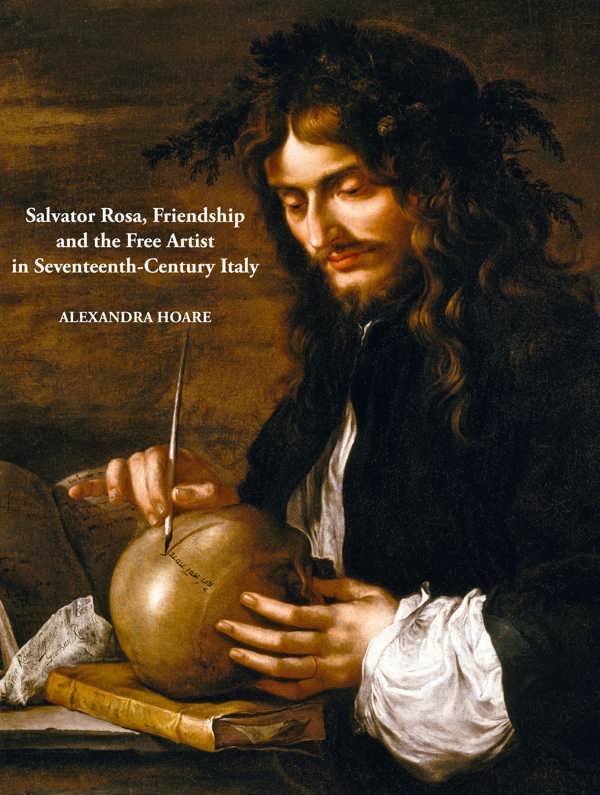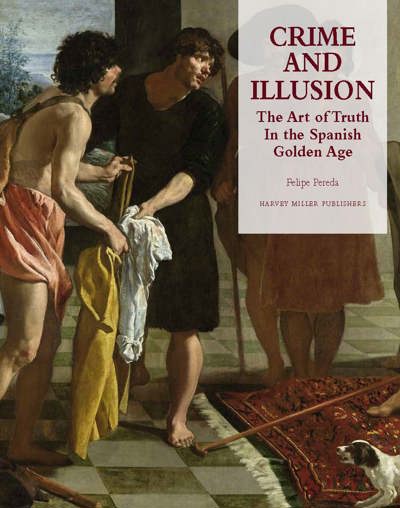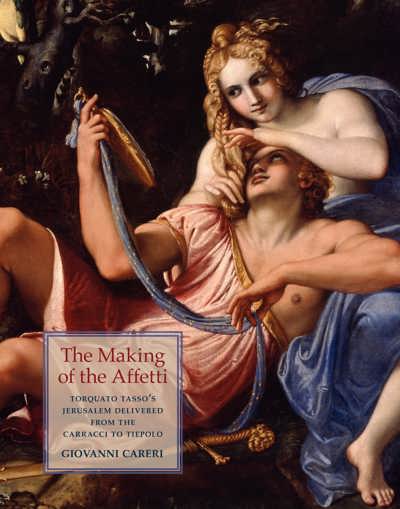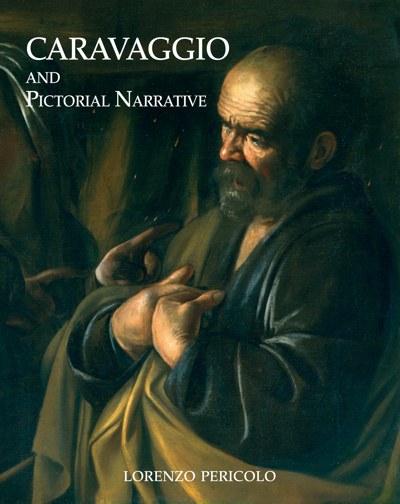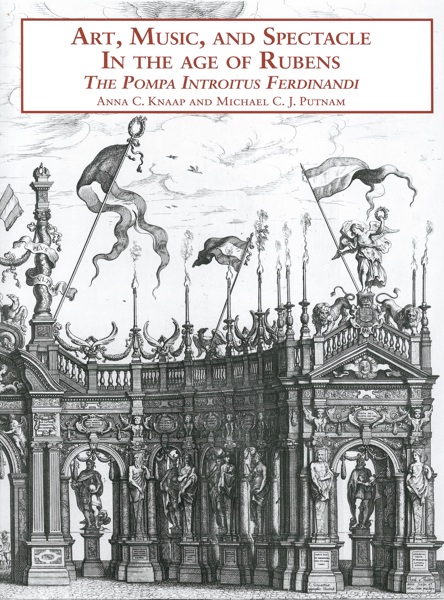
Salvator Rosa, Friendship and the Free Artist in Seventeenth-Century Italy
Alexandra Hoare
- Pages: vi + 521 p.
- Size:225 x 300 mm
- Illustrations:78 b/w, 157 col.
- Language(s):English, Italian
- Publication Year:2018
- € 195,00 EXCL. VAT RETAIL PRICE
- ISBN: 978-1-912554-04-1
- Hardback
- Available
This book examines the Neapolitan painter and satirist Salvator Rosa (1615-1673) from a new perspective. Preoccupied with a performative brand of self-manufacture that is everywhere apparent in his work as an artist, satirist and actor, Rosa was a key protagonist in a period of significant social change.
From 2013, Alex Hoare has been Lecturer in Early Modern Art at the University of Bristol, where she teaches undergraduate and graduate courses in Renaissance and Baroque topics. After graduating from Toronto, she held a three-year post-doctoral fellowship as Research Associate at CASVA (Center for Advanced Study in the Visual Arts), National Gallery of Art, Washington DC, where she worked with visiting scholars and the Dean on a series of research projects and publications, including the two first volumes of a new critical edition and translation of Carlo Cesare Malvasia’s Felsina Pittrice.
This book examines the Neapolitan painter and satirist Salvator Rosa (1615-1673) from a new perspective. Preoccupied with a performative brand of self-manufacture that is everywhere apparent in his work as an artist, satirist and actor, Rosa was a key protagonist in a period of significant social change. A precursor of the modern independent artist, Rosa was also among the first of his generation to actively seek and in many ways achieve the kind of professional autonomy his predecessors desired and his successors fully accomplished. The author argues that the social bond of friendship—its rituals and discourses—was vital to both Rosa’s self-conception and his achievements. Five chapters explore this phenomenon in connection with various contexts central to Rosa’s professional practice and identity: theatrical performance; the academy; the practices of conversation, letter writing and poetry; the ritual of gift-giving and the cultivation of the topos of “the friend as a second self,” here considered in relation to a portrait painted for a friend; and the art market. The book also responds to and outlines for the reader the current state of scholarship on Rosa, a field of study that has gained significant momentum in the last decade and to which the book itself seeks to make a meaningful contribution.
